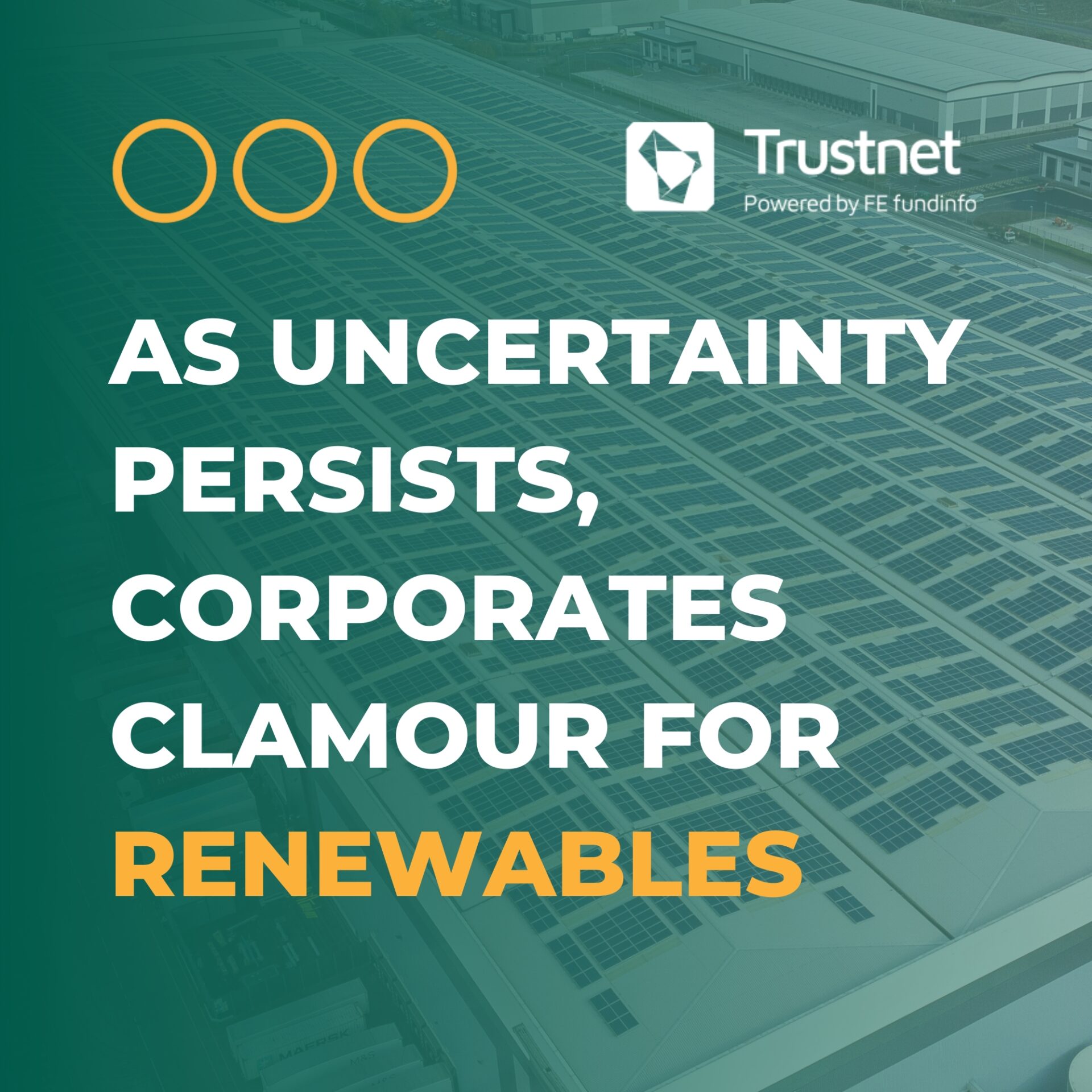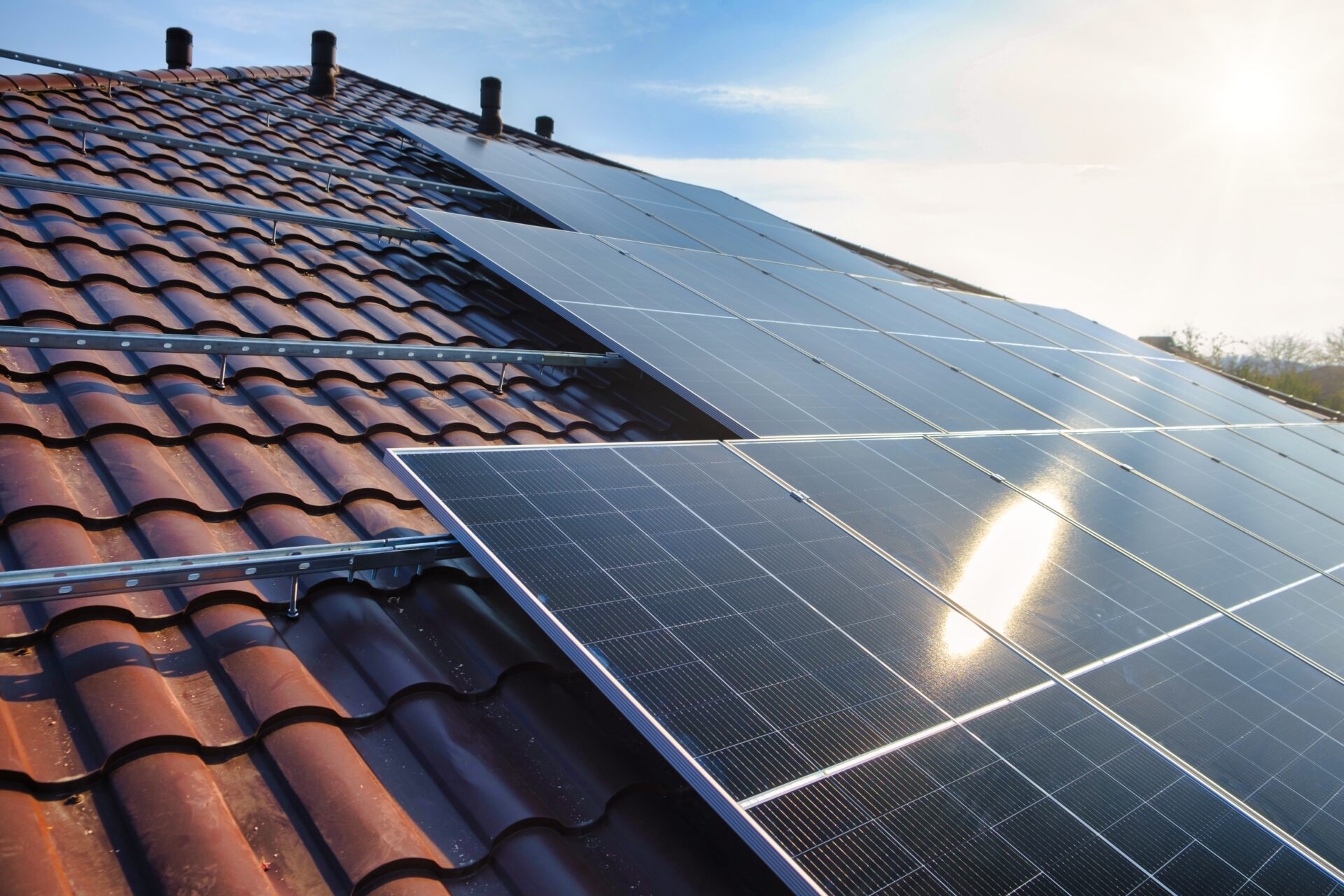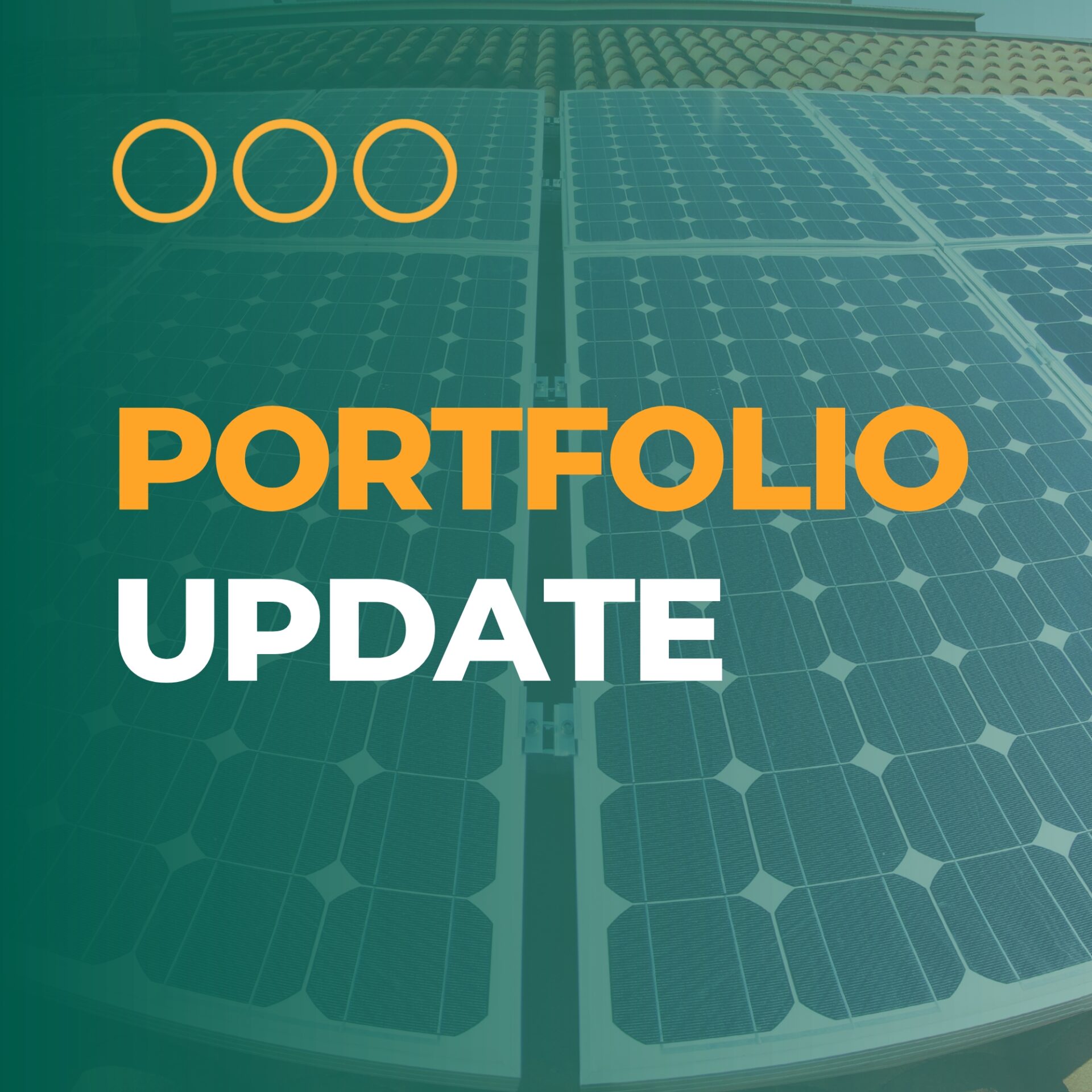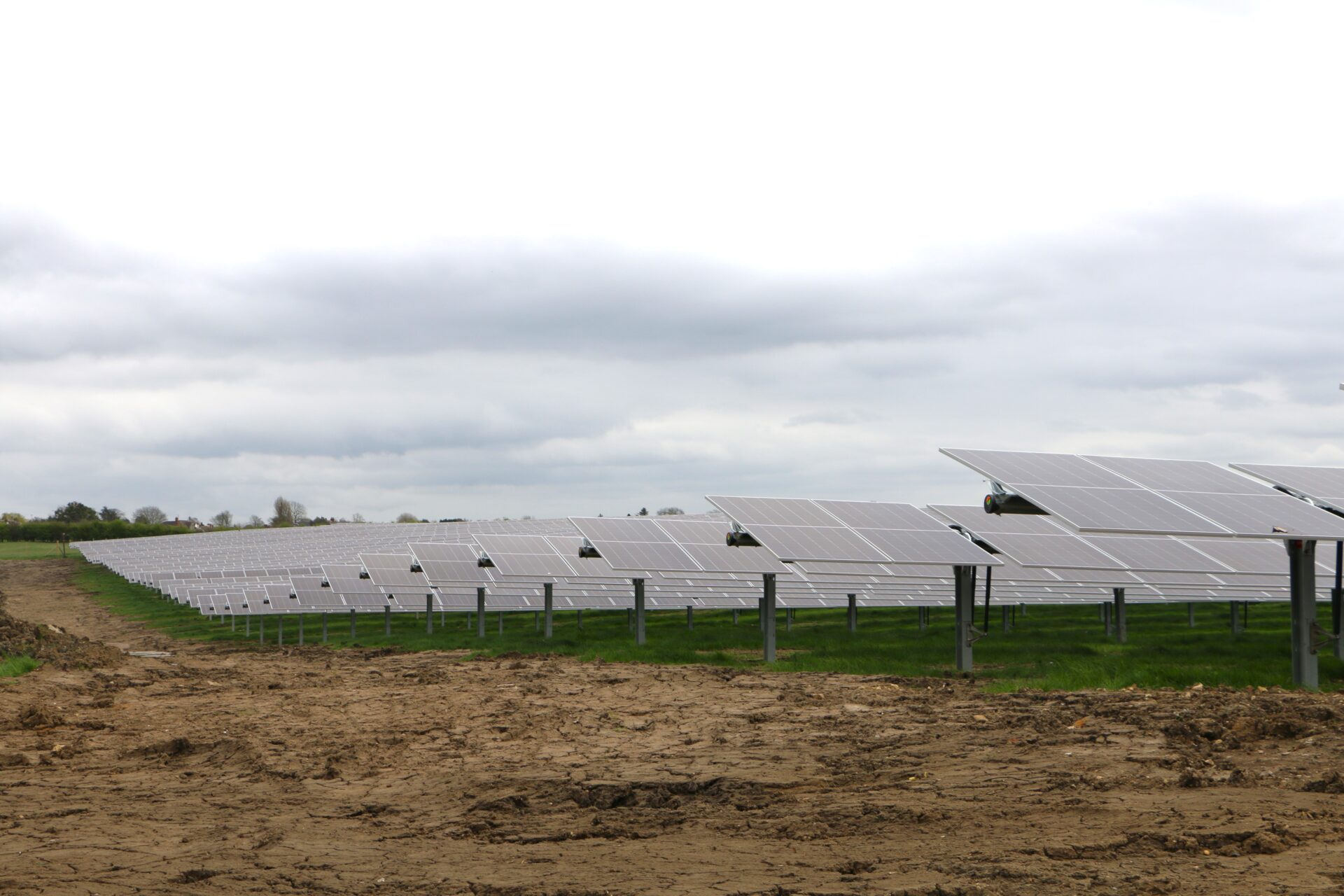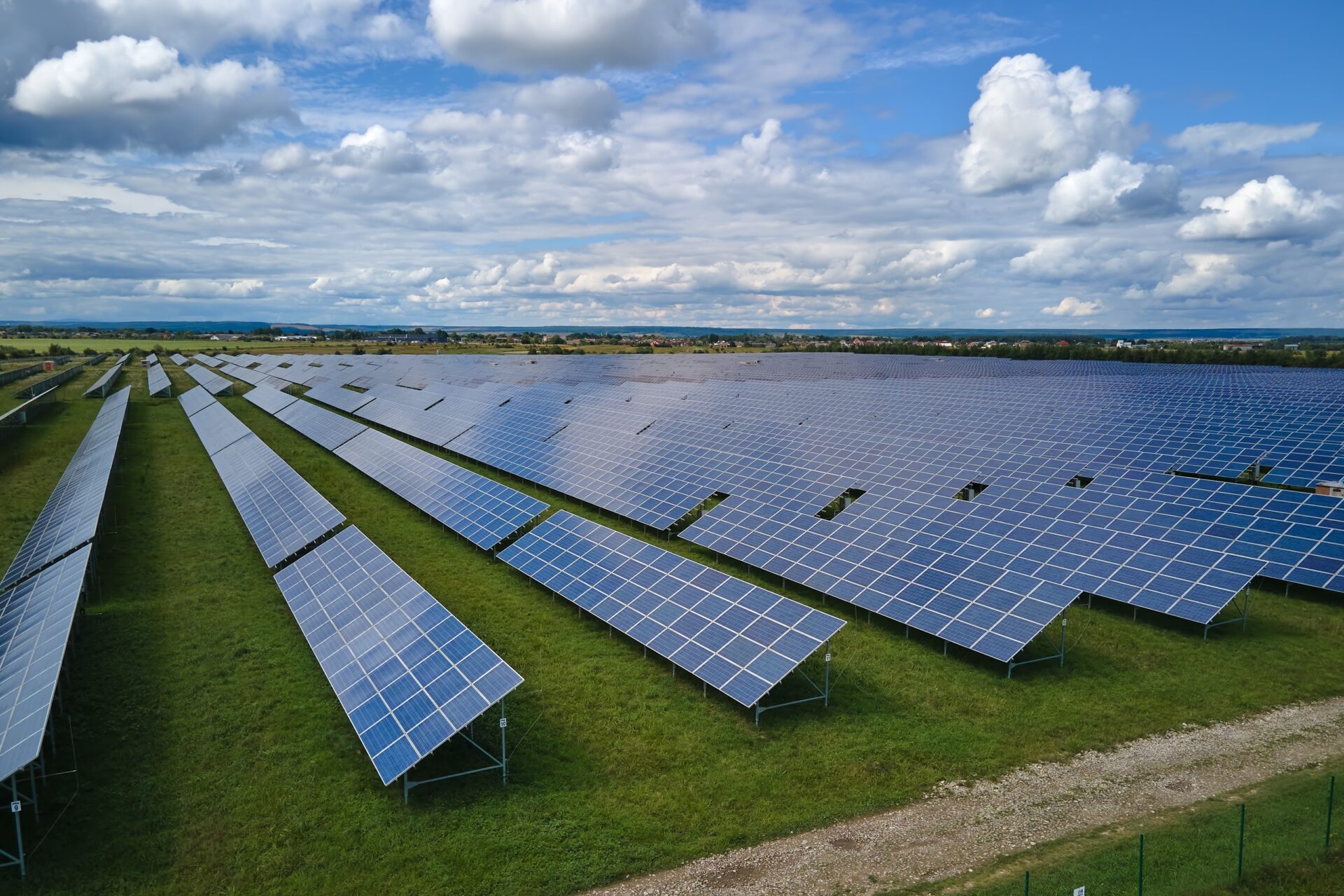In a time of rising costs and broader economic uncertainty, it is only a matter of time before more major corporates look to secure peace of mind through renewables for long-term energy stability.
It has been an incredibly challenging period for corporates, as soaring energy pieces and elevated input costs have put severe pressure on profits over the past 18 months. With inflation spiking at the start of 2023, business borrowing costs also felt the full force of rising interest rates.
While price pressures have recently started to soften in many developed economies – with the notable exception of the UK – inflation in the coming years is tipped to settle higher than the subdued levels we have become accustomed to over the past three decades.
In addition, with geopolitical tensions remaining elevated, businesses remain concerned about the future direction of energy prices. This is leading corporates to seek out solutions able to withstand any additional bouts of oil and gas price turbulence, namely renewable energy generation.
Protection from energy volatility
Even before Russia’s invasion of Ukraine last year sent oil and gas prices spiking, renewables were already the cheapest form of energy, following large-scale investments to expand wind and solar capacity. However, larger corporates do not see the benefits of cheaper renewable energy in wholesale electricity prices – for two reasons.
Firstly, wholesale electricity prices are still dictated by the prevailing natural gas price. Secondly, prices remain heavily influenced by the rising costs of developing and maintaining the grid infrastructure. In the UK, labour and material costs are also on the rise as the country looks to upgrade infrastructure to assist in decarbonisation.
However, businesses with space to install onsite renewable power generation can benefit from bypassing transmission costs, which can make up as much of 20% of a typical energy bill.
Cost savings through scale
Major businesses and organisations are significant consumers of energy, with the NHS being the UK’s largest energy user. In addition, supermarket giant Tesco consumes 3% of the UK’s energy output.
Entities such as these – which boast major property portfolios – have plenty of rooftop space or surrounding land to quickly install solar panels. Indeed, there are an estimated 2.5bn meters squared of south facing commercial rooftops in the UK, representing a huge decarbonisation opportunity.
These organisations also have tightly controlled financial metrics, with operating margins and output closely monitored. Therefore, passing on elevated energy prices to customers, shareholders or taxpayers through price rises or making capacity cuts can often be unpalatable or counterproductive.
As such, the retail and healthcare sectors are among the best placed to benefit from onsite renewables. With a well-capitalised energy installer, cost savings can be generated without capital investment by the corporate energy customer. Prices are underpinned by long-term contracts, which provide predictable long-term energy costs.
Strengthening green credentials
As the financial case for adopting renewables increases, societal pressure is also accelerating the shift to a lower-emissions future. Many large corporates now have iron-clad plans to transition to net-zero emissions by 2050, or sooner.
In this respect, onsite generation brings an additional benefit. While renewable electricity has existed for some time, buying pure, traceable renewable power is challenging. When connecting to the grid, it is impossible to separate ‘green’ energy from traditional energy sources.
Whether generated from coal, nuclear, wind or solar – at the point of supply, all electrical energy is the same. Directly connecting to a renewable power generation site is the only way to be certain of fully traceable ‘dark green’ energy. For those businesses with insufficient onsite space, dedicated green energy infrastructure can be built and operated externally.
With rising pressure to back up net-zero credentials, claims of greenwashing are intensifying. Increasingly stringent and detailed reporting requirements are driving businesses towards trusted dark green solutions.
Short- and long-term benefits
While grid-based renewable energy suppliers are often quoting connection times in years, direct renewable supply can be established as soon as construction completes. From signing the contract, installations are typically completed within a few months, enabling most businesses to report to key stakeholders within the same financial year.
With all-in power prices about half the price of buying wholesale power from the grid, the financial benefits feed quickly through to the bottom line.
In a time of rising costs and broader economic uncertainty, it is only a matter of time before more major corporates look to secure peace of mind through long-term energy stability – while subsequently safeguarding the future prosperity of the planet.
By Steve Windsor, Principal of Atrato Group, the Investment Advisor to Atrato Onsite Energy.

